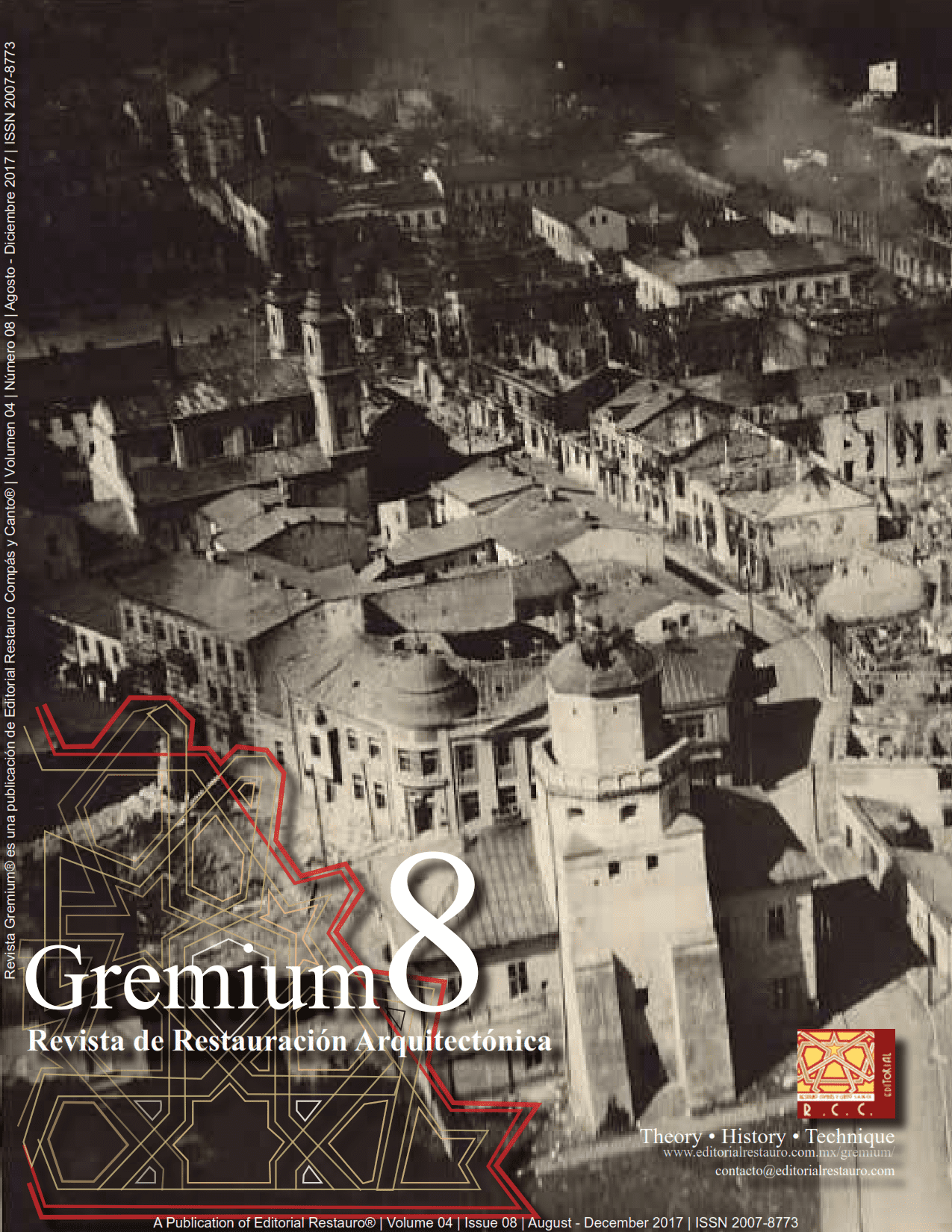Past and future of wattle and daub construction
DOI:
https://doi.org/10.56039/rgn08a07Keywords:
Framed earth, Vegetable fibers, stabilization with lime, structural flexibility, moisture resistanceAbstract
Wattle and daub is one of the earthen building techniques that have received less attention from researchers and architects. This system that surely was the basis of the housing of majority of population since the most remote times of our history, has gone unnoticed despite it’s confirmed persistence and potential for application in sustainable building. At the UAM-Xochimilco we have several years studying different earthen building systems to document, evaluate and implement them both in heritage restoration processes and in development of new architecture. This article aims to show the progress of the analysis of wattle and daub structures made in different times and regions, in order to recognize its qualities and vulnerability. The analyzed information demonstrates the economic and ecological potential of the technique as well as it’s ease of appropriation even by low technical self-builders. It is possible to observe advantages for progressive building, efficient performance in different climates and survival, even in sites of high seismic activity thanks of its flexibility. In addition, the framed earth building systems can be applied both for the realization of walls, floors and roofs, if they have appropriate stabilization and surface protection treatments.
Downloads
Downloads
Published
Issue
Section
License

This work is licensed under a Creative Commons Attribution-NonCommercial-ShareAlike 4.0 International License.























